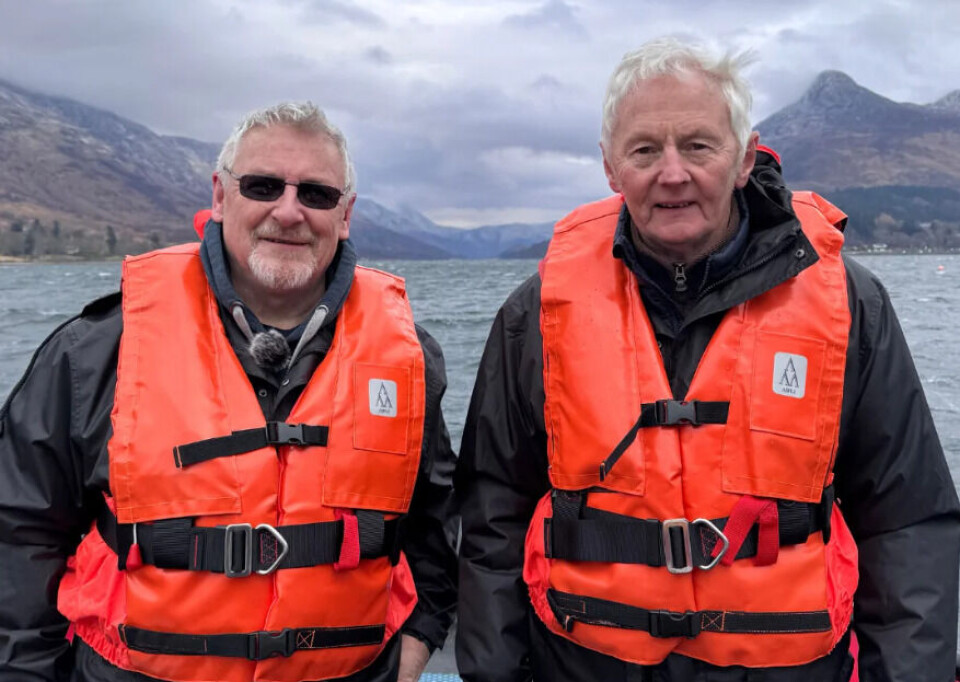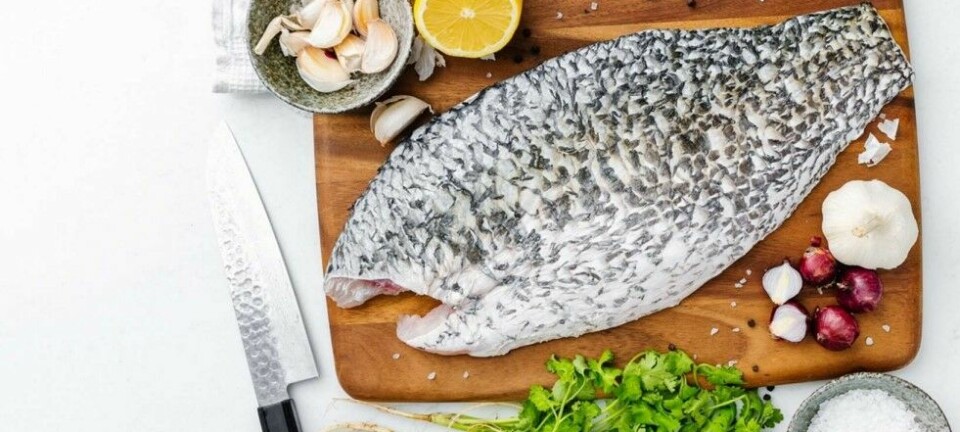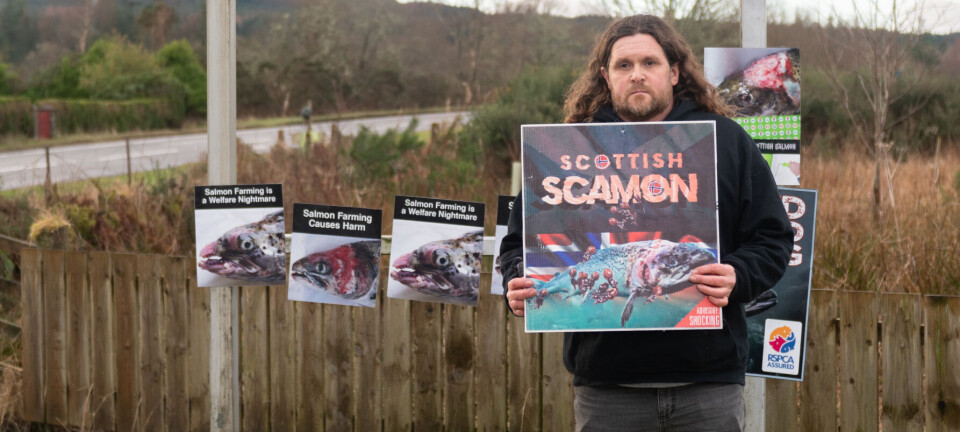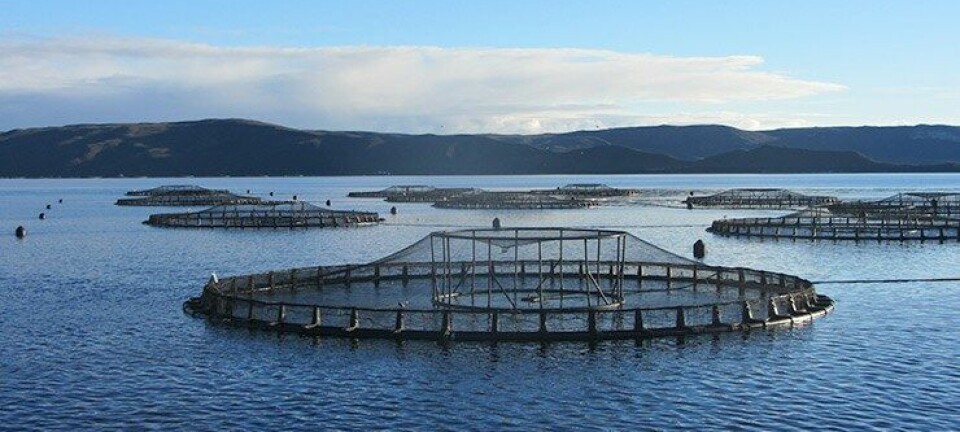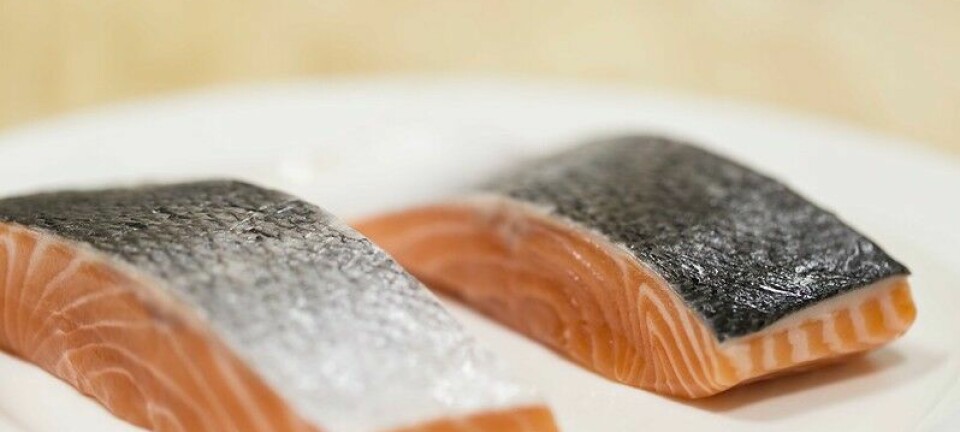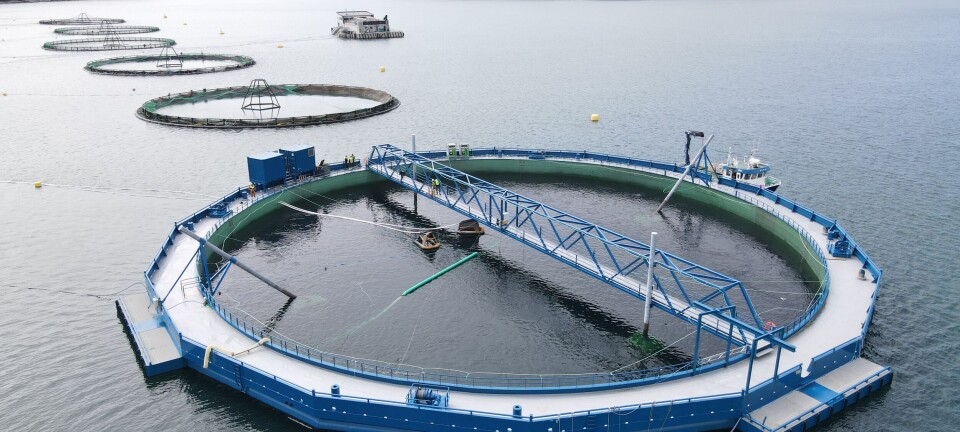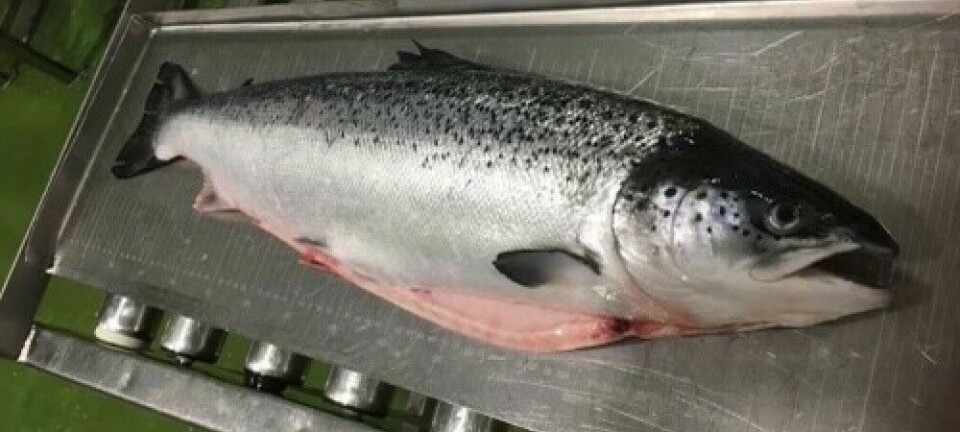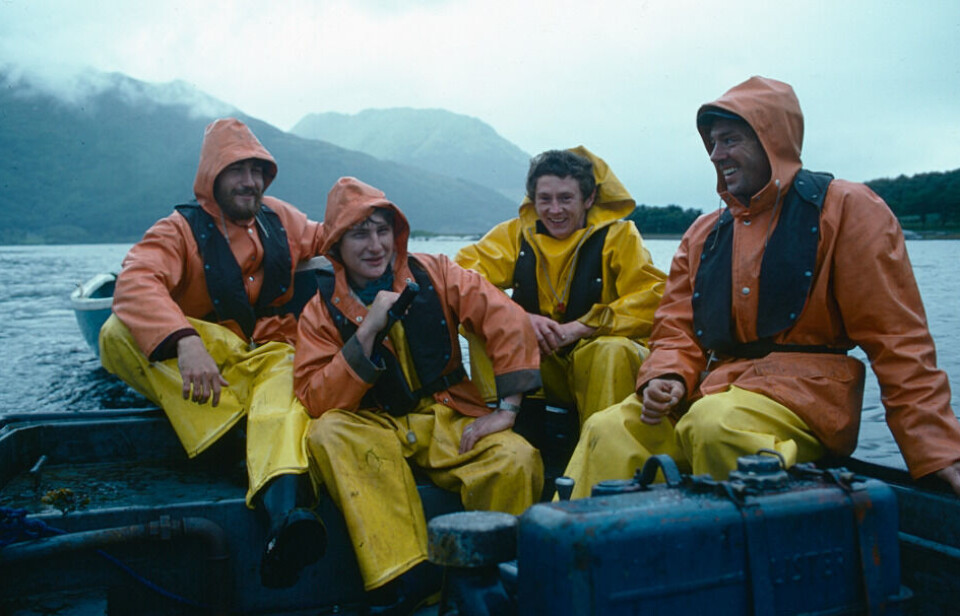
Mowi Scotland aims to celebrate its first 60 years with 70,000-tonne harvest
Salmon farmer Mowi Scotland is celebrating its 60th anniversary with an aim to harvest 70,000 gutted weight tonnes of fish in 2025.
This year will also see a state-of-the-art broodstock facility opening at Ardessie in Wester Ross, and the official openings of a “visitor experience” at the company’s Inchmore hatchery, and community housing on Colonsay that has been built with Mowi’s support.
A new high energy, open sea farm in South Uist at Stulaigh South is also being established following the granting of planning permission in December.
The farm, which will have six 200-metre-circumference pens and hold a maximum biomass of 3,000 tonnes of salmon, demonstrates how Scottish salmon farming has changed since the wooden-pen days of 1965, when Unilever founded Mowi forerunner Marine Harvest at Lochailort.
Hard work and optimism
“Sixty years ago, pioneering fish farmers stocked the first generation of farmed salmonids into Lochailort,” said Ben Hadfield, managing director of Mowi Scotland and chief operating officer for Mowi in Scotland, Faroes, Ireland, and Canada East. “I guess you can imagine their days were full of hard work, optimism and problem solving at every turn. Sixty years on, our days are still full of hard work, optimism and problem solving at every turn.
“What has changed, however, is the scale of our business and its positive impact throughout the Highlands and Islands. Thanks to the hard work and determination of all our colleagues, past and present, we have built one of Scotland’s largest companies which celebrates its 60th anniversary with the aim of harvesting over 70,000 tonnes of premium Scottish salmon in 2025.”
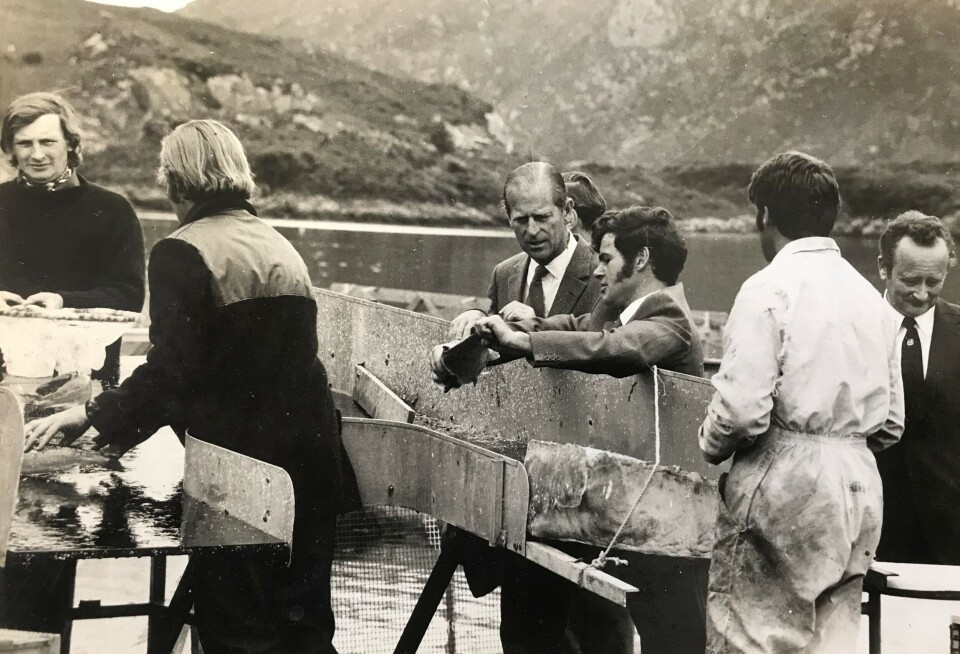
Mowi’s Loch Leven site began operating in 1975 and is still going. Ron Stevenson, who was a young site manager at the time, recently visited the farm along with former Leven colleague Paul MacIntyre, who later took over as manager when Stevenson left to join another company.
“It was one of the very first sites for salmon farming,” recalled Stevenson in a video of the visit. “We had a couple of cages and sum total of 5,000 fish weighing about 35 grams each.”
MacIntyre said: “We both remember how we started off, with two wooden pens and a small pea-green boat with a single outboard, and a shed.”
The future is fantastic
Stevenson said: “I’m just delighted to see that the site is still here, flourishing. I am very proud to have been here 50 years ago and I am very pleased to see the technology has generated and evolved in so many ways.”
He added that his team used to expect a feed conversion ratio of about two to one. “If you got it down to 1.8 or 1.5, it was fantastic. That could not be tolerated now. The future is fantastic.”
MacIntyre said authorities now are much more diligent than in the past. “In the days when we started it was quite easy to apply for a salmon farm. Nowadays [there is much more] environmental and other legislation.”
“We should not be afraid of meeting those requirements, because it’s a good industry,” added Stevenson.
